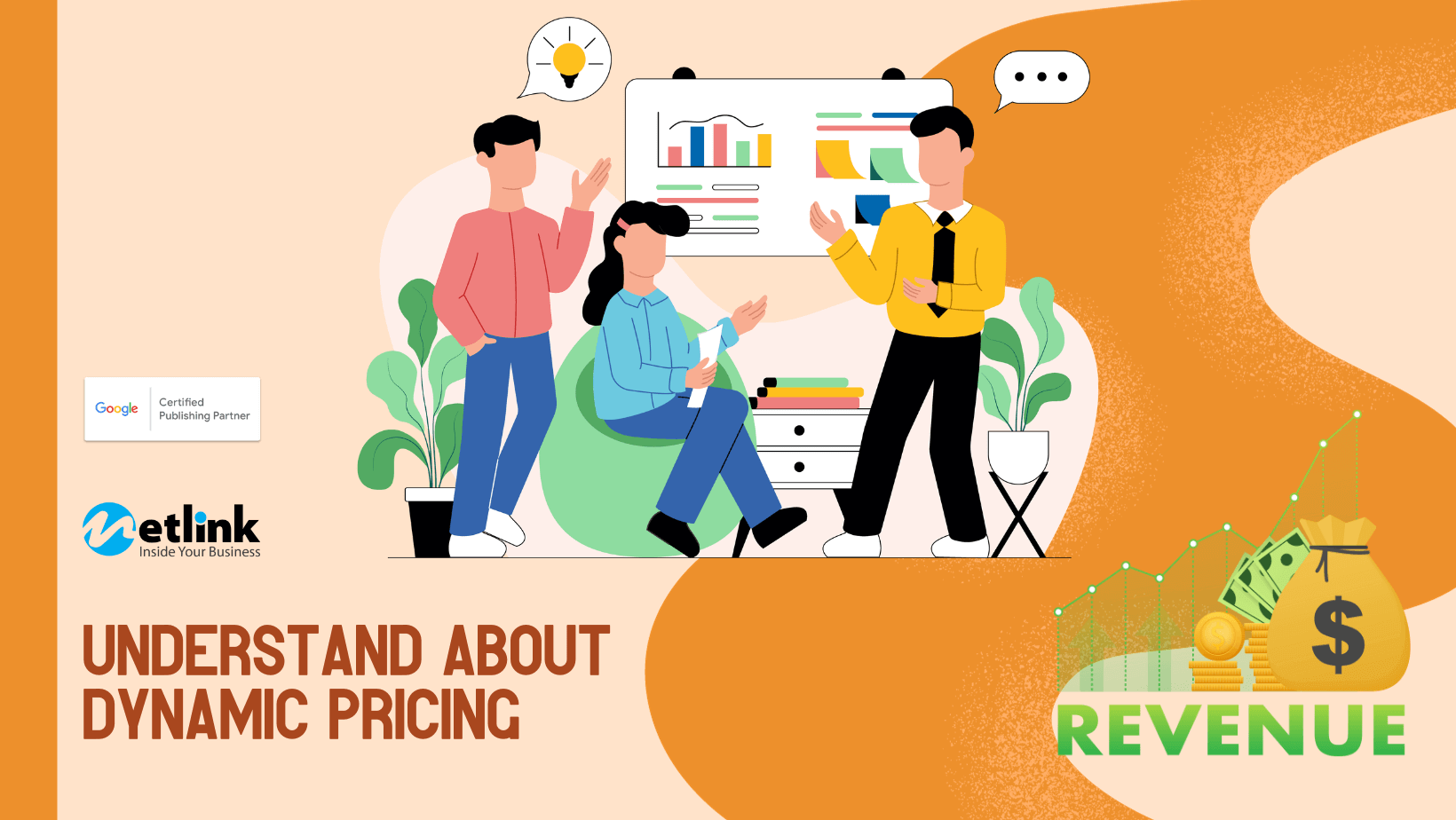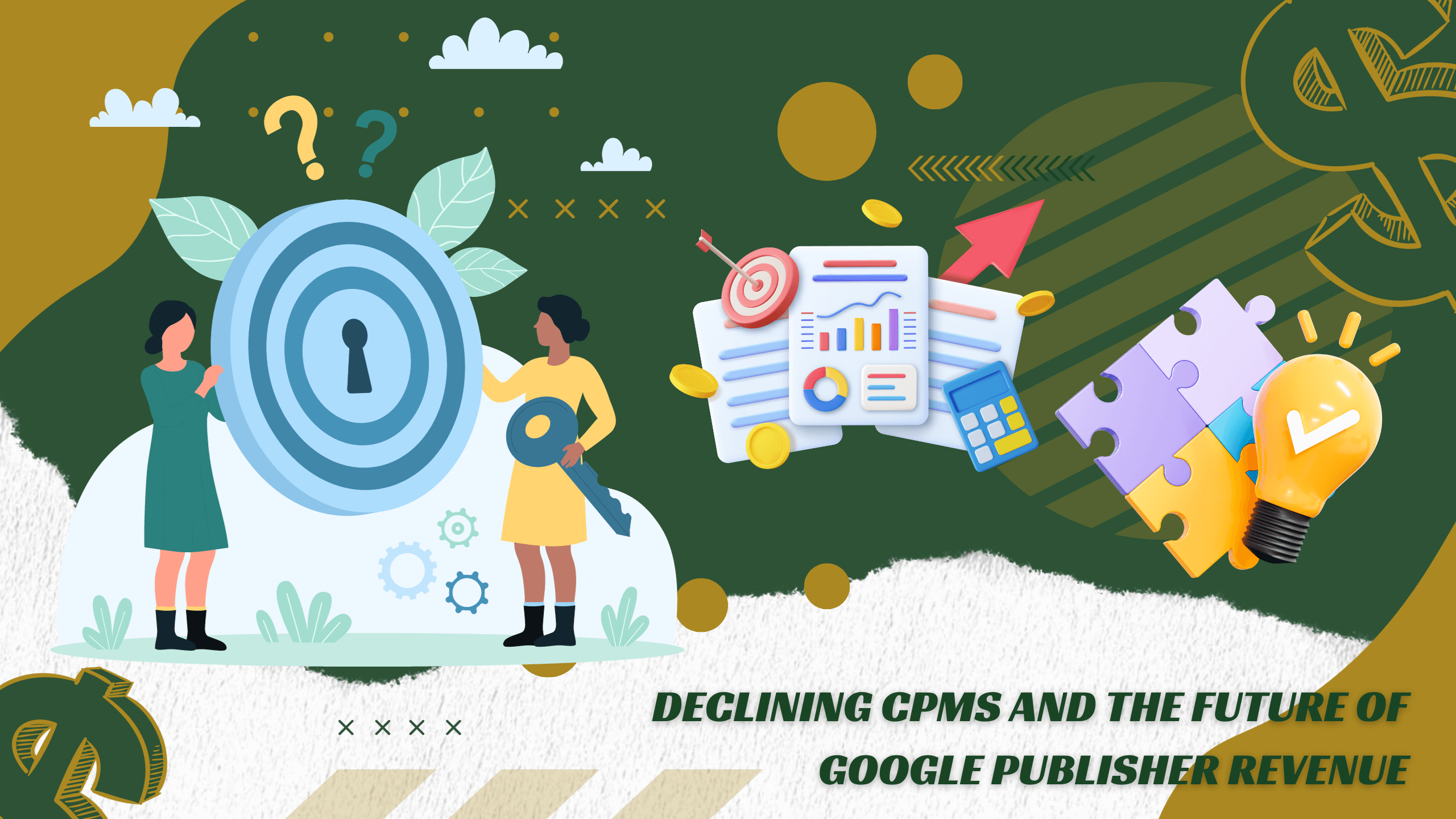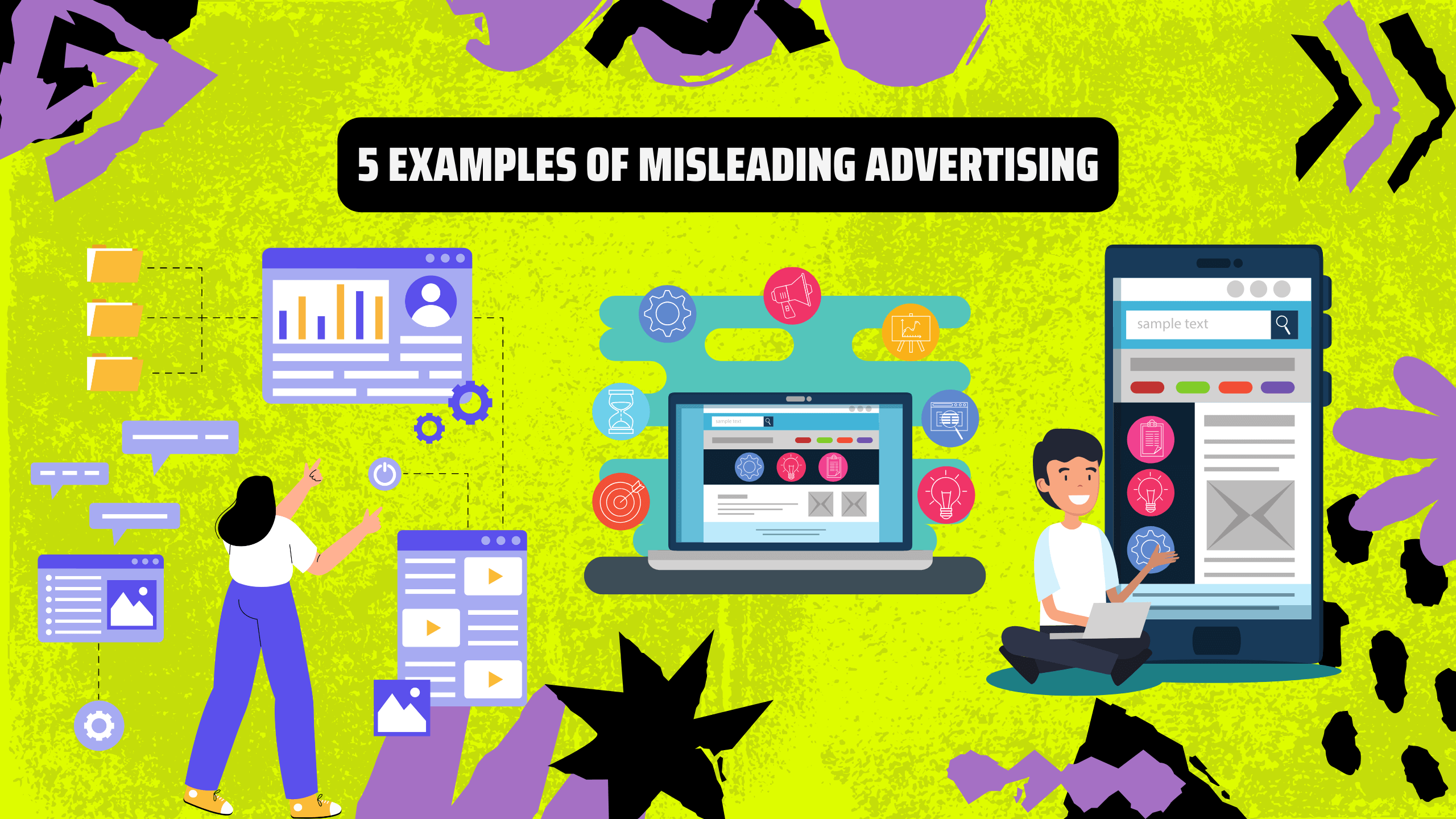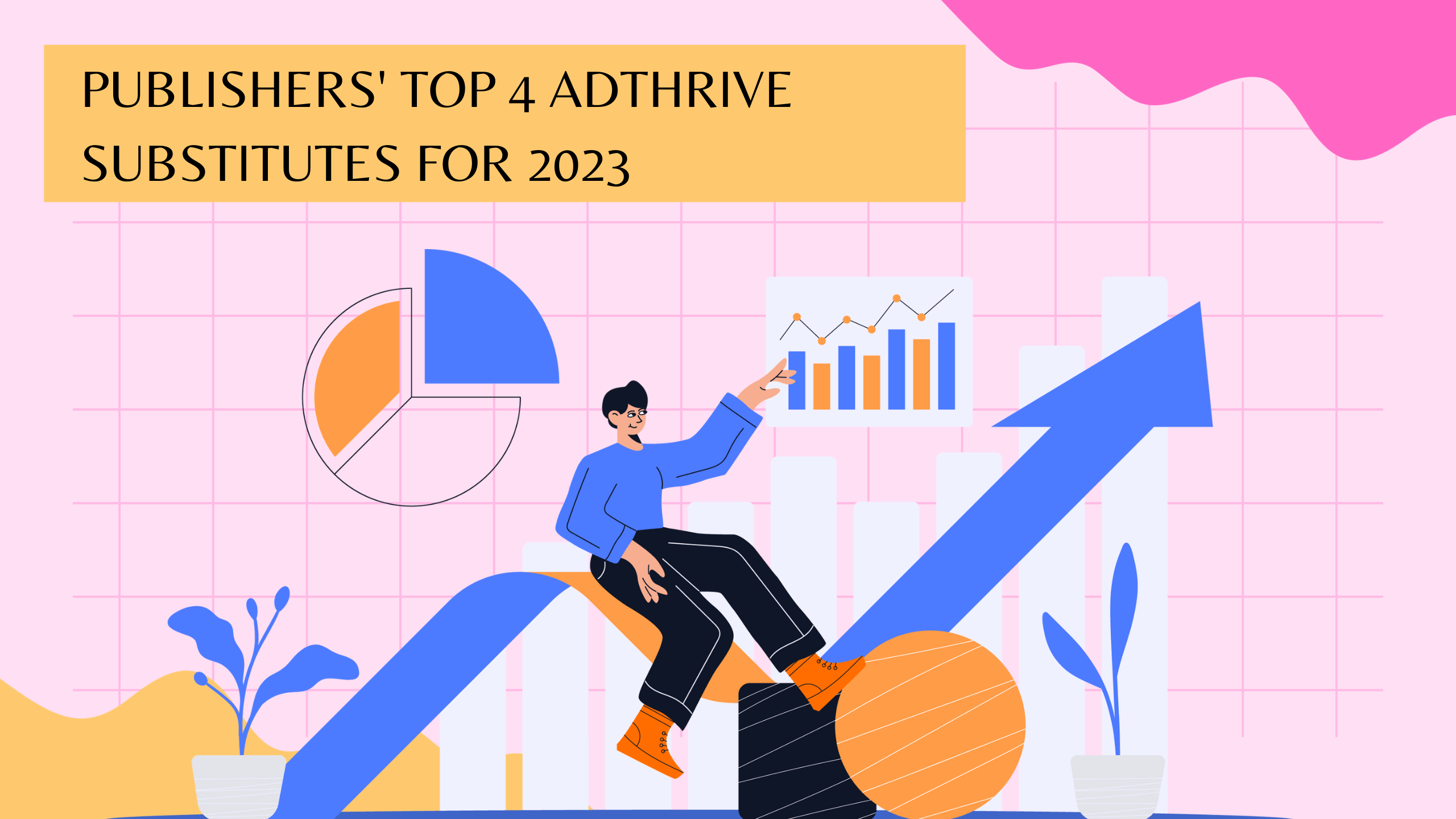Google Publishers continually seek innovative strategies to maximize their revenue while providing value to advertisers. Dynamic Pricing, a dynamic pricing strategy, has emerged as a game-changer, offering publishers a sophisticated approach to optimize their ad inventory. This comprehensive guide explores the world of Dynamic Pricing, providing Google Publishers with an introduction to its key concepts, importance, advantages, disadvantages, and various types. By the end of this journey, you’ll be equipped with the knowledge needed to navigate the dynamic pricing realm with confidence.
I. Unveiling Dynamic Pricing: A Publisher’s Treasure
1. What Is Dynamic Pricing?
Dynamic Pricing is a pricing strategy that adapts in real time to changing market conditions and user behaviour. In the context of digital advertising, it involves adjusting the price of ad inventory based on factors like user demographics, website content, location, time of day, and the demand from advertisers. Unlike fixed pricing models, Dynamic Pricing allows publishers to optimize their revenue by selling impressions at the most competitive rates.
2. Why Is Dynamic Pricing Important to Google Publishers?
Dynamic Pricing holds significant importance for Google Publishers due to its potential to maximize revenue in a highly competitive market. By dynamically adjusting ad prices, publishers can ensure that their ad inventory is sold at rates that reflect its true value. This not only increases revenue but also attracts more advertisers looking for cost-effective advertising opportunities. Furthermore, Dynamic Pricing enhances the overall user experience by delivering more relevant ads to visitors, increasing engagement and satisfaction.
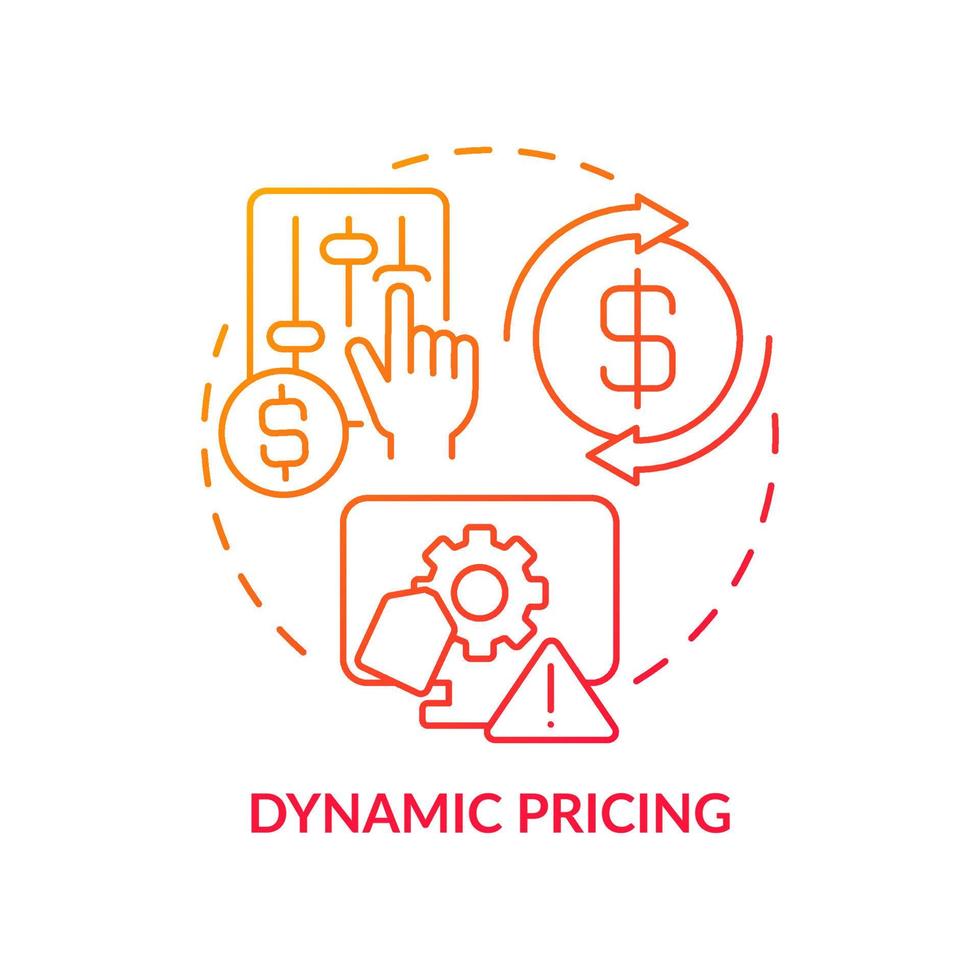
II. The Dynamic Pricing Advantage: Pros and Cons
1. Advantages of Dynamic Pricing
Maximized Revenue: Dynamic Pricing allows publishers to extract the highest value from their ad inventory by adjusting prices to meet market demand. This results in increased revenue potential.
Improved Relevance: Real-time adjustments enable publishers to deliver more relevant ads to users, increasing click-through rates and user engagement.
Competitive Edge: Dynamic Pricing helps publishers stay competitive by offering advertisers cost-effective opportunities, attracting more demand for their inventory.
2. Disadvantages of Dynamic Pricing
Complexity: Implementing Dynamic Pricing can be complex, requiring advanced algorithms and analytics tools to make real-time adjustments.
Potential Revenue Fluctuations: While Dynamic Pricing can maximize revenue, it may also lead to fluctuations in income, making it challenging to predict earnings accurately.
Resource Intensive: Managing Dynamic Pricing requires ongoing monitoring and adjustments, which can be resource-intensive for publishers.

III. Types of Dynamic Pricing
1. Real-Time Bidding (RTB): This dynamic pricing method is commonly used in programmatic advertising. Ad impressions are auctioned in real-time, with advertisers bidding for each impression based on various factors. RTB ensures that ad inventory is sold at the highest possible price.
2. Header Bidding: Header Bidding is a variation of RTB that allows multiple demand sources to bid simultaneously before a page loads. This competition often results in higher CPMs for publishers.
3. Yield Optimization: Yield optimization platforms use machine learning algorithms to analyze user behaviour and adjust ad pricing accordingly. This approach optimizes revenue by predicting the likelihood of a user clicking on an ad.
4. Floor Pricing: Publishers set a minimum price (floor price) for their ad inventory. Advertisers must meet or exceed this price to participate in auctions. Floor pricing ensures that inventory is not sold below a certain threshold.

Conclusion
Dynamic Pricing is a dynamic pricing strategy that Google Publishers can leverage to maximize their revenue potential and deliver more relevant ads to users. By adjusting ad prices in real-time based on various factors, publishers can create a win-win situation for themselves and advertisers. While Dynamic Pricing offers significant advantages, it’s essential to consider the potential complexities and resource requirements. Ultimately, a well-implemented Dynamic Pricing strategy can help publishers thrive in the ever-competitive world of digital advertising, ensuring that every impression counts.

